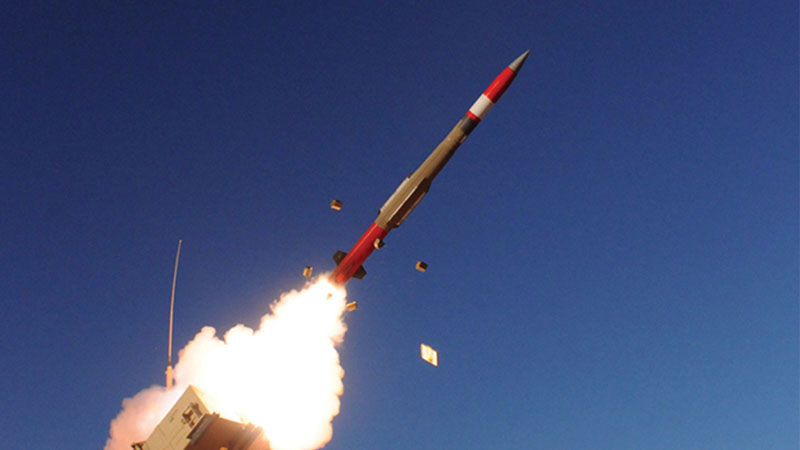Aerospace traffic management faces new challenges
By Frank L. Frisbie|December 2020
The Aerospace Traffic Management Integration Committee monitors, evaluates and seeks to influence the direction of ATM technologies with a focus on efficiency, public safety and national security.
U.S. federal regulation as of Jan. 1 required aircraft to operate Automatic Dependent Surveillance-Broadcast Out equipment in most controlled airspace, but not all aircraft owners met the deadline. Aircraft operators are still steadily upgrading their aircraft to meet the mandate. By midyear, about half of the 190,000 general aviation aircraft were equipped; installations continued at approximately 3,000 per month.
The U.S. Federal Communications Commission reversed a 2011 decision in April and approved plans by Virginia-based Ligado Networks to establish a terrestrial broadband network in frequencies adjacent to the widely used GPS frequency band. FAA, the Department of Transportation, the Department of Defense and many in the GPS user community have challenged the approval over the years because GPS signal levels are relatively low at the receiver site, because aircraft rely on GPS for onboard navigation and because air traffic control surveillance depends on the ADS-B relay of the onboard position to ground controllers. In October, an 80-member industry coalition, including AOPA, urged Congress to halt deployment over concerns about GPS interference.
In March, FAA shut down and evacuated the air traffic control tower at Chicago’s Midway International Airport after three staff members tested positive for covid-19, a situation identified as “ATC zero.” Later that week, a similar situation shut down the tower at McCarran International Airport in Las Vegas, and most impactful to the national airspace, the New York Air Route Traffic Control Center shut down in March. FAA quickly addressed these events and, in close collaboration with the union representing employees, implemented nationwide plans to mitigate the loss of controller and maintenance personnel so that operations could be quickly restored. Among the mitigation strategies was keeping a noninfected reserve crew on standby and ready to move in quickly if the duty staff had to be relieved. Coincidentally, significantly lower air traffic due to the pandemic allowed for reduced staffing and flexible controller deployment, facilitating the implementation of the mitigation strategies.
Interest in uncrewed air systems pushed forward this year private-sector development of propulsion, capacity, autonomy and airframes while NASA and FAA led efforts to deal with airspace management to accommodate operations and integration into the broader national airspace under the UAS Traffic Management program. Closely coupled with the UAS efforts is the development of urban air mobility concepts embodied in the UAM Concept of Operations v1.0 that FAA circulated in June. FAA seeks to accommodate intra-urban corridors operating simultaneously with fixed wing, helicopter and UAS traffic. The agency cited the growth in road traffic congestion and vehicle development as reasons for the UAM operations concept. Companies such as California-based Joby Aviation, Vermont-based Beta Technologies and California-based Wisk Aero are well along in developing small aircraft meant for four to six passengers. Also contributing to the excitement is the U.S. Air Force Agility Prime program to replace the V-22 Osprey tilt-rotor aircraft with a combat-ready flying car. The Air Force started the program in April to tap into commercial flying car innovation by sharing government resources with industry in exchange for knowledge transfer and collaboration with participating aerial mobility companies.
In recognition of the increasing need for space traffic management, a National Academy of Public Administration study released in August concluded that the U.S. Commerce Department’s Office of Space Commerce was best suited to take on civil space traffic management work, ranking ahead of NASA, FAA and the Defense Department.
Contributor: Charles Keegan



































